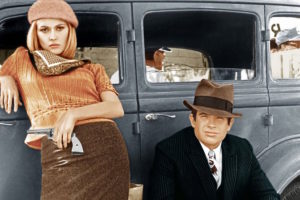A Plus on the Need for More Female Film Critics
Posted on October 13, 2017 at 11:24 am
Jill O’Rourke of A Plus has an excellent article about why it is important to have diversity in film criticism as well as in filmmaking.
“AWFJ amplifies the voices of women who write about film — a group still very underrepresented in all forms of media — and focuses film industry and audience attention on the work of women behind and in front of the lens,” Merin said her organization, which was founded in 2006. The AWFJ website highlights feminist Movies of the Week, with reviews written by women, as well as spotlighting a female creator once a month. “Raising awareness through these ongoing AWFJ projects opens opportunity for women in film and hopefully will lead to a gender-equal playing field.”…”AWFJ invites all to join our THE FEMALE GAZE FORUM group on Facebook, where they can post information and recommendations about ‘feminist’ films and projects, applaud special achievements by women in film, and engage in substantive discussions about how to equal the playing field for women in film,” Merin suggests, in addition to creating viewing clubs and supporting the films recommended on the organization’s website. “Women represent more than 50 percent of the movie-going population. We want to see films that tell our stories and reflect our interests.”
Diversity in entertainment goes beyond just the faces on our screens. All aspects of the industry should reflect the people who consume its media. Chaz Ebert, widow of film critic Roger Ebert and publisher of RogerEbert.com, put it simply in The Daily Beast in 2015: “It is critical that the people who write about film and television and the arts — and indeed the world — mirror the people in our society.”
I am very lucky to be a longtime member of AWFJ and a contributor to Chaz Ebert’s rogerebert.com.

